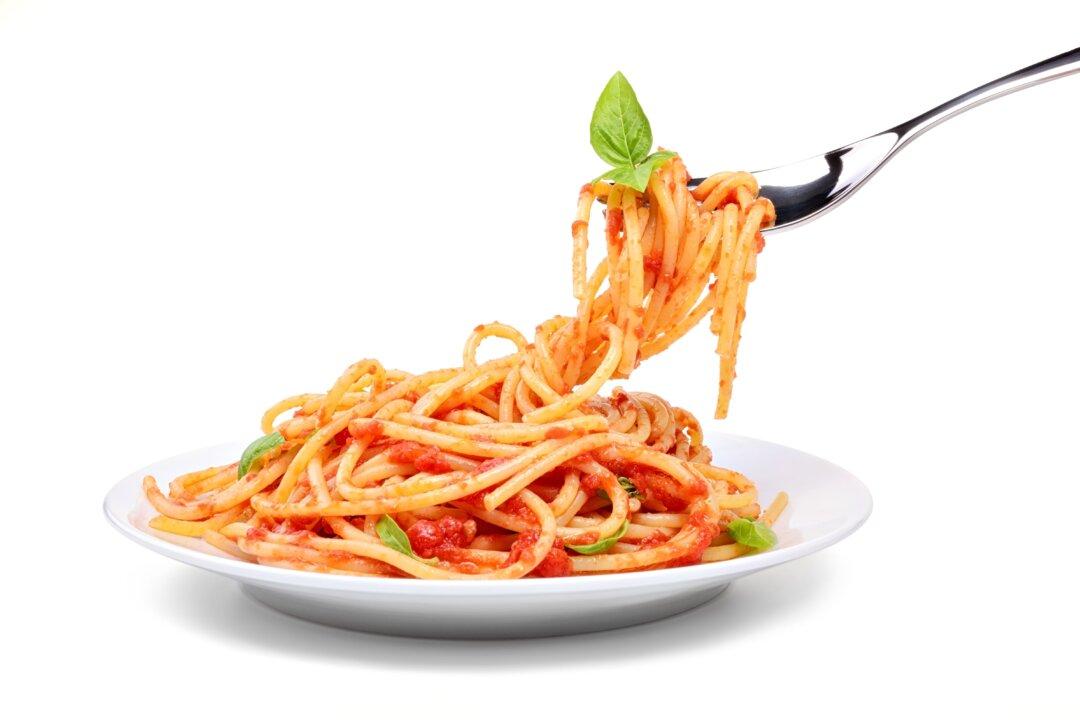Millions of Americans, young and old, recognize the smiling visage displayed on his canned Italian dishes, but Ettore Boiardi, aka Hector Boyardee, was more than a commercial food entrepreneur. He was also a renowned chef and an Italian American patriot of World War II, and he can arguably be credited for popularizing Italian cuisine in America.
Until Boiardi’s arrival, most Americans had never experienced Italian food, but the young chef quickly won over palates everywhere he went. His impact was not bad for someone with little money or formal education, who immigrated to the United States at age 16 with nothing more than ambition and a love of food.






